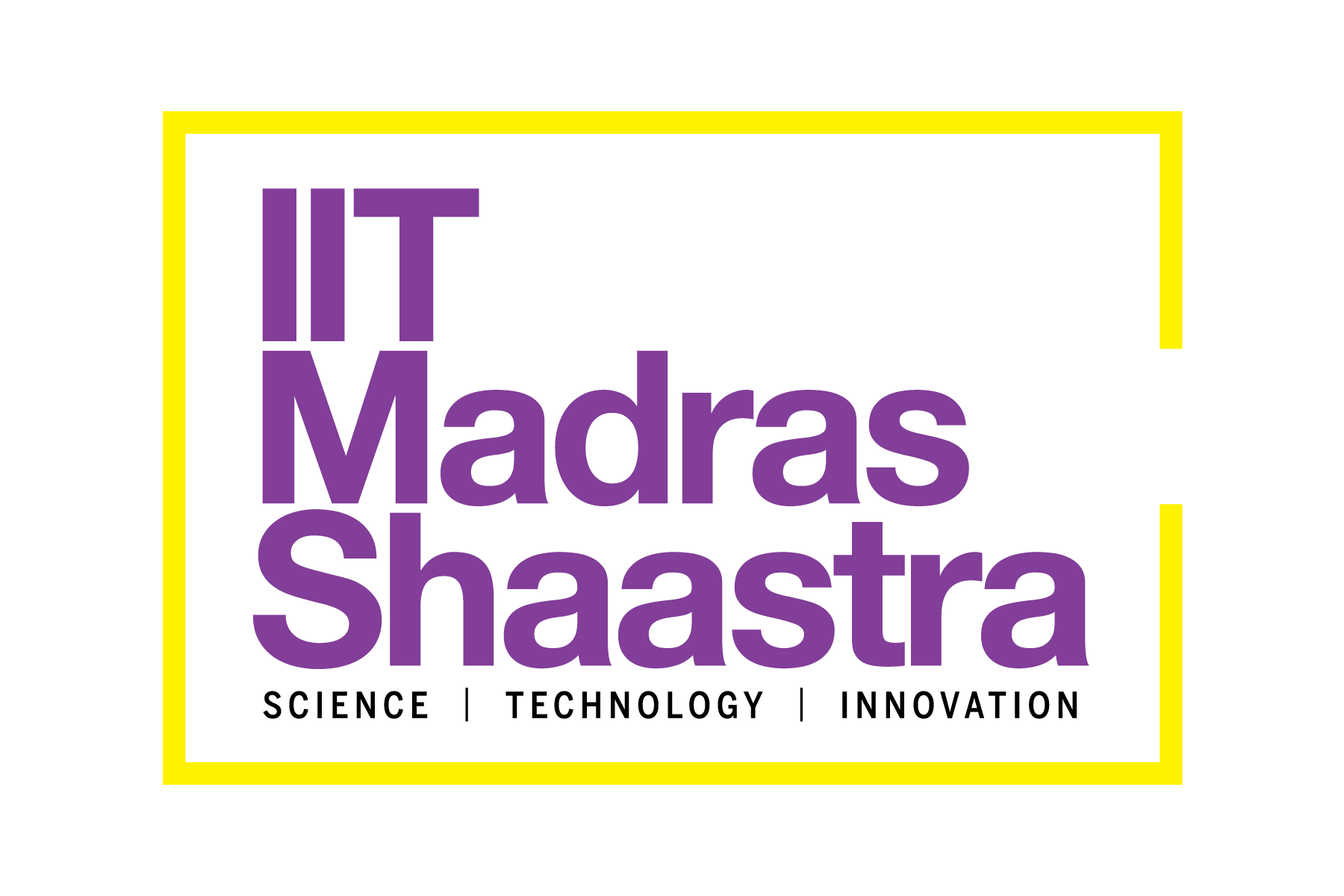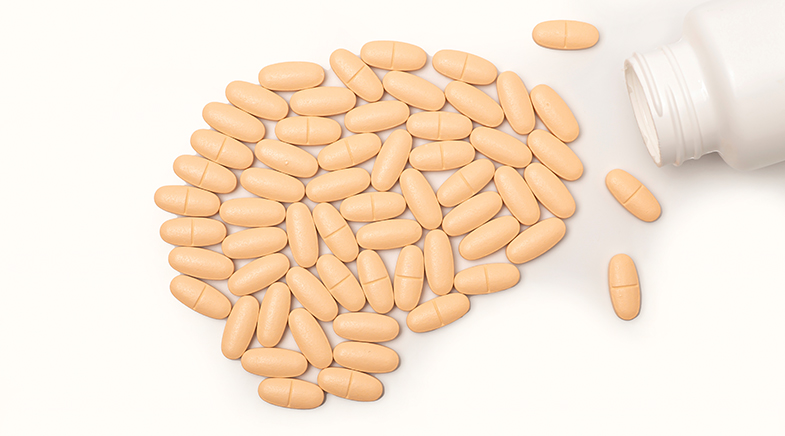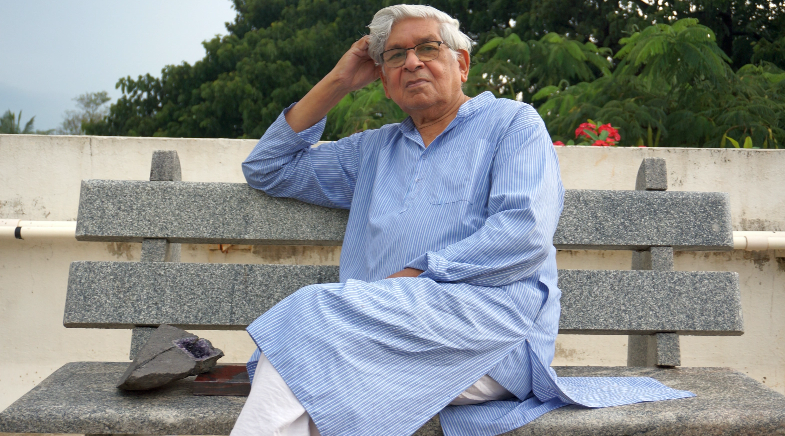Rice is nice
-
- from Shaastra :: vol 04 issue 07 :: Aug 2025

Molecular scissors are giving new shape to the much-loved cereal.
Satendra Kumar Mangrauthia grew up in a primarily wheat-consuming family in Uttar Pradesh's Banda district — and encountered rice mostly while in college in Kanpur. In 2008, when work took him to Hyderabad, a region known for its rice preparations, he began to truly appreciate the grain. Today, he is not only a great advocate of rice but also the leader of a team that developed one of the world's first genome-edited rice varieties.
Mangrauthia, Senior Scientist at the Indian Institute of Rice Research (IIRR), Hyderabad, chose to work on the Samba Mahsuri, a small, fine-grained rice variety developed in India in 1986, popular with both farmers and consumers. "Even after 39 years, its popularity remains high because of its taste, grain quality and high export value, even though it has limitations like moderate yield (4-5 tonnes/hectare) and a longer maturity time of 150 days," Mangrauthia says. This variety is grown over 4 million hectares in India.
Rice needs watering every few days. One hectare uses 1,200 cu. m. of water in a cycle.
Previous attempts to overcome the variety's limitations through traditional methods such as cross-breeding or mutation breeding failed, as they compromised the grain's quality. The IIRR team used a new biotechnology tool: molecular scissors that go up to the nucleotide level and edit a gene with precision. The CRISPR-Cas12, a tool which employed methods called Site-Directed Nuclease (SDN) 1 and 2 to knock out a few nucleotides from a cytokinin oxidase gene, created an allele that exists in nature but was not found in the Indian rice germplasm. The edited variety, called DRR Dhan 100 (Kamala), has a 20-25% higher yield and a stronger culm that keeps the plant upright even in strong wind and rain. It matures 20 days earlier and has higher tolerance to drought and low fertiliser conditions than its parent.
"With the crop maturing 20 days earlier, we estimate that the total water saving from irrigation will be the equivalent of the annual water needs of 1 lakh villages," Mangrauthia asserts. The other savings are on fertiliser and labour, and the freeing of the field earlier, giving the farmer time to prepare for the next crop. "In the long run, they can also accrue agricultural carbon credits," Mangrauthia adds.
DEMANDING CROP, GOOD RETURNS
Unlike wheat, which is irrigated five times during a crop cycle, rice requires watering every few days. One hectare of a paddy field uses 1,200 cubic metres of water in a crop cycle. "It gobbles up 40% of the total water used in irrigation in India," notes Viswanathan C., Joint Director (Research) at the Indian Agricultural Research Institute. Add to it the methane emissions from flooded paddy fields, and rice gets a bad name as a leading agricultural carbon emitter.

However, the grain is also the basis of food security, the staple for half the global population. It is the most widely cultivated and consumed cereal in India. "Rice protein is the most easily digested protein, which is why it is traditionally used to prepare khichdi. It is also the only grain with no anti-nutritional factors. Wheat has gluten; millets and maize have phytic acid inhibitors that hinder absorption of micronutrients," says Mangrauthia. Its association with diabetes is more to do with the type and amount of rice being consumed.
India is the world's second-largest rice producer, and the biggest exporter of rice, both basmati and non-basmati varieties. "Rice grows in every climatic zone of India, from Kashmir to Tamil Nadu and from Gujarat to Assam. It does not disappoint the farmers. They know that despite any calamity, they will be assured of a certain yield," he adds. The current focus of research in India, therefore, is not so much about enhancing production as about improving productivity. "Rice-producing nations like China and Japan have much higher yields per hectare than India," says Nandula Raghuram, who heads the Centre for Sustainable Nitrogen and Nutrient Management, Guru Gobind Singh Indraprastha University, Delhi. Efficient cultivation of rice will release land for other crops, such as legumes, which India imports, and thereby ensure nutrition security as well.
WITHSTANDING STRESS
Viswanathan led the team that developed another genome-edited rice variety, Pusa DST Rice 1, an improvement on its parent, MTU1010. The two genome-edited rice varieties, developed as part of a national effort for crop improvement, were released together in May 2025.
His focus is on developing crops that are better able to tolerate abiotic stress, an emerging issue with climate change. "Over 7 million hectares of farmland in India are affected by salinity, even in interiors like Punjab and Haryana," he points out. He opted for a high-yielding rice variety grown in both kharif and rabi seasons. His team chose the CRISPR-Cas9 tool to knock out the gene that was suppressing stress resistance. Such a variety was reported from China, but wasn't present in the Indian germplasm. The edited variety has a higher tolerance for salinity and alkalinity, and records 10-30% higher yields even under stress. The crop was also tested for drought tolerance and, under lab conditions, has shown high tolerance without compromising yield.
Research on new rice varieties explores factors impeding yield — abiotic stress, pathogens and inefficient nutrient uptake mechanisms.
While these two varieties will be available for cultivation over the next few years, several new varieties of rice are being developed to suit emerging weather and other conditions. Research on new rice varieties explores the various factors impeding yield — abiotic stress, pathogens and inefficient nutrient uptake mechanisms. Dwarf varieties, for instance, need to be smartened up to deal with floods.
NO SHORTCUTS
Gene editing is exempted from the rules governing Genetically Modified Organisms in India. While foreign genetic material is used for gene editing utilising technologies such as CRISPR and TALENs, in many methods, this material is not retained by the organism, unlike technologies where some genetic material from another organism is included in the DNA of the host organism to exhibit a particular trait. Unless a breeder declares it, it is not known whether the mutation is natural or introduced with a cut. Two of the methods, Site-Directed Nuclease (SDN) 1 and 2, are exempt from the strict regulations. SDN 3 has not been cleared for use in India, as some foreign genetic material is retained in the host in this method.

Gene editing is exempted from rules governing GMOs in India.
The Indian government allocated ₹500 crore for crop genome editing in its 2023-24 budget. A total of 24 field crops and 16 horticulture crops (mainly vegetables) are being investigated for improved varieties with traits for pest resistance, higher yield and better stress tolerance.
The National Institute of Plant Genome Research in Delhi has developed a variety of japonica rice with a higher phosphate-intake potential, using gene editing methods. The work is at the greenhouse stage (bit.ly/phosphate-efficiency). A research paper by a team of Chinese and European scientists explores ways in which paddy can reduce its methane emissions. The study looks at the role of fumarate and ethanol in regulating methane emissions and suggests breeding plants that have genes for better regulation (bit.ly/methane-emission). It also suggests introducing doses of the chemical oxantel, which is harmless to humans, into the fields. The paper demonstrated a 60% reduction in the field methane emissions with this application.
Raghuram's lab focuses on genes connected with better nutrient uptake, particularly nitrogen. While fertilisers powered the Green Revolution, excessive chemical use polluted fields and water bodies. Though subsidised for farmers, the cost to the exchequer is massive. He estimates that India loses over ₹1 lakh crore per annum on wasted urea because of inefficient uptake by the plants. His lab scans the germplasm for varieties that show better nutritional uptake, validating the candidate genes. "It took us a decade to whittle down a longlist of 2,000 genes to less than 50. Now we are exploring around a dozen genes which have the largest impact on the trait," he says.
Resolving micronutrient deficiencies through biofortified rice is another research area. India's first biofortified rice, DRR Dhan 45, with zinc enrichment, was developed by IIRR in 2016. In the decade since, 11 biofortified rice varieties have been developed by the Indian Council of Agricultural Research, all through traditional breeding methods and not gene editing. The most recent, Dhan 63, was released in 2023 and is enriched with higher protein and zinc content. "We have only explored 10% of our [Indian] rice germplasm. There are over 1 lakh varieties of rice in India alone, and the untapped potential is massive," says Raghuram.
See also:
Have a
story idea?
Tell us.
Do you have a recent research paper or an idea for a science/technology-themed article that you'd like to tell us about?
GET IN TOUCH














